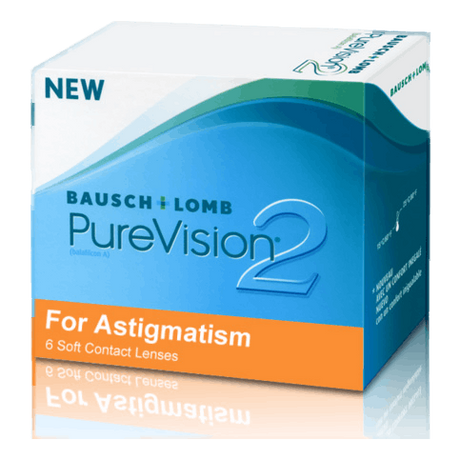What Are Toric Lenses?
Toric lenses are a type of contact lenses that are specifically designed to correct astigmatism. Unlike regular spherical lenses, which have the same power across the entire surface, toric lenses have different powers in different meridians to compensate for the irregular cornea that causes astigmatism.
Astigmatism is a common vision problem where the cornea or lens of the eye has an irregular shape, causing light to not focus evenly on the retina. This can lead to blurred vision at both near and far distances. Toric lenses help correct this by having different powers in the vertical and horizontal planes.
How Do Toric Lenses Work?
Toric lenses are designed with two different powers - one for the spherical component of the refractive error (nearsightedness or farsightedness) and one for the cylindrical component (astigmatism). These powers are placed at specific angles to match the individual eye shape.
For toric lenses to work effectively, they must sit stably on the eye and not rotate. This is achieved through a special ballasted or prism design that utilizes gravity to keep the lens in place. When the lens is positioned correctly, it can provide sharp and clear vision at all distances.
What Types of Toric Lenses Are Available?
There are several types of toric lenses to choose from depending on your individual needs and lifestyle:
- Soft Toric Lenses: These are the most common types of toric lenses and are made from flexible, oxygen-permeable materials. They are comfortable to wear and come in both daily and monthly disposable options.
- Rigid Gas Permeable (RGP) Toric Lenses: Also known as hard toric lenses, these are more rigid and durable than soft lenses. They often provide sharper vision but may take longer to get used to.
- Hybrid Toric Lenses: These lenses combine a rigid RGP center with a soft outer skirt for increased comfort. They offer the sharp vision of hard lenses with the comfort of soft lenses.
How Do I Choose the Right Toric Lenses?
To find the best toric lenses for you, start by scheduling an eye exam with an optometrist or ophthalmologist. They will perform a comprehensive eye examination and determine your exact prescription and astigmatism. Based on this, they can recommend the toric lenses that best suit your needs.
When choosing toric lenses, consider factors such as:
- Material - soft, rigid, or hybrid
- Replacement schedule - daily, bi-weekly, or monthly
- Your specific vision needs and lifestyle
- Comfort and fit
- Cost and availability
Tips for Wearing Toric Lenses
Here are some tips to get the most out of your toric lenses:
- Always follow your optometrist's instructions for handling, cleaning, and replacing your lenses.
- Ensure the lenses are positioned correctly on your eyes - they should not rotate or feel uncomfortable.
- Give yourself time to adjust to the lenses, especially if you're a first-time wearer.
- Schedule regular follow-up visits with your optometrist to monitor eye health and ensure the lenses are functioning optimally.
- Never discontinue wearing your lenses and contact your optometrist immediately if you experience persistent discomfort, redness, or vision changes.
With the right toric lenses and proper care, you can enjoy clear, comfortable vision every day. Don't let astigmatism hold you back from living life to the fullest - explore the many possibilities with toric contact lenses today!

